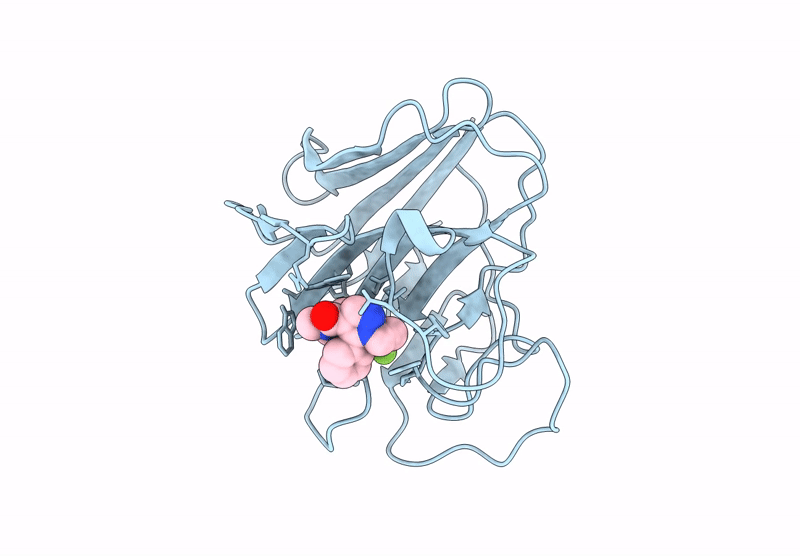
Deposition Date
2025-03-03
Release Date
2025-07-16
Last Version Date
2025-08-13
Method Details:
Experimental Method:
Resolution:
2.08 Å
R-Value Free:
0.23
R-Value Work:
0.19
Space Group:
P 41 21 2


